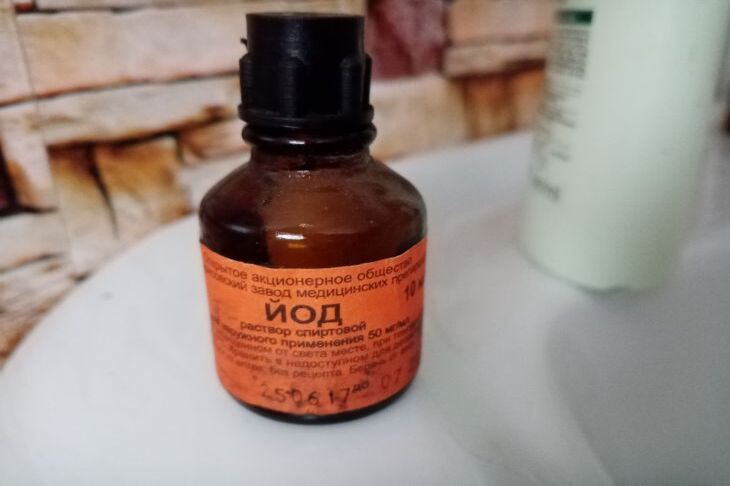Growing healthy and resilient seedlings is the first and most important step to a successful, large harvest.
Iodine, an essential microelement, promotes plant development and strengthens their immune system.
Iodine is a key element necessary for the normal functioning of many physiological processes in plants.

It activates the synthesis of phytohormones, increases the strength of cell walls and stimulates photosynthesis.
It is important to understand that iodine deficiency can lead to slow plant growth, root damage and reduced crop yields.
How to properly use iodine for growing seedlings
To effectively use iodine, it is necessary to choose the optimal solution.
It is recommended to use an iodine solution obtained by diluting one drop of iodine in one liter of water.
Before treating seedlings with iodine, it is necessary to carry out preliminary measures.
The seedlings should be watered with plain water 24 hours before treatment and ensure that they are well moistened.
Treatment of seedlings with iodine is carried out by abundant watering or spraying them with an iodine solution.
It is important to distribute the solution evenly over the entire surface of the plants. For optimal results, repeat the treatment after two weeks.
After processing the seedlings, special attention should be paid to their care. Plants must be maintained in optimal conditions: provide lighting, regular watering and fertilizing.
It is also necessary to monitor the emergence of pests and diseases and take appropriate protective measures.
